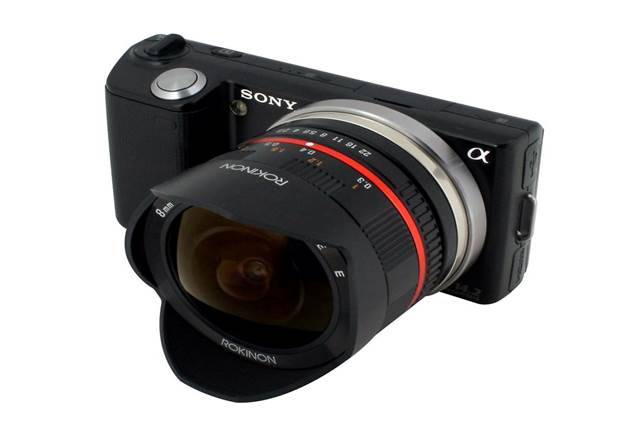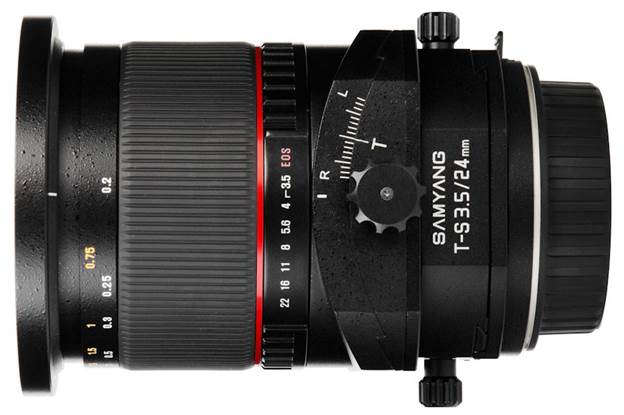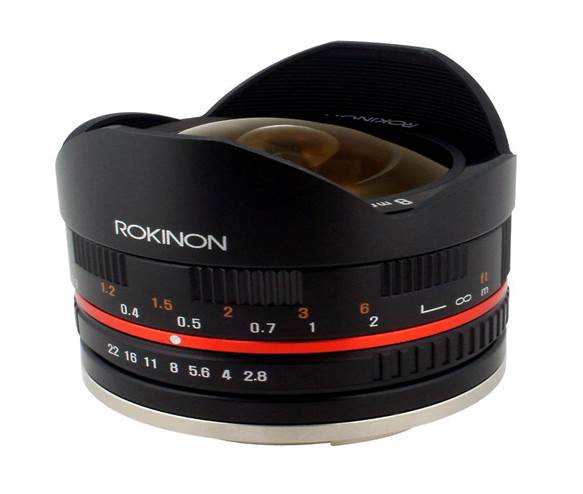Is the lack of AF the only reason why the Samyang 24mm
f/1.4 ED AS IF UMC feels cumbersome? Raj Lalwani wonders if we are a spoilt
generation.
The Samyang 14mm f/2.8 lens that we tested in the previous
issue was not only an excellent set of optics, it was almost one-third the
price of similar lenses from proprietary manufacturers. This made me far more
excited to test the 24mm f/1.4 lens, a focal length that I quite enjoy. There
was only a tiny catch. With the 14mm, we tested the video version of the
Nikon-mount lens, but with the 24mm, Samyang sent us a Canonmount version,
optimised for stills.

The Samyang 14mm
f/2.8 lens that we tested in the previous issue was not only an excellent set
of optics, it was almost one-third the price of similar lenses from proprietary
manufacturers.
Features
Why should that make a difference? The answer is a little
complicated. With most third-party lenses, the handling and operation of the
lens stays consistent, irrespective of which mount you use. The quality may
differ slightly depending on the sensor of the camera being used, but the lens
shouldn’t ‘behave’ differently.
But life is a little different in the Samyang world. The
Canon-mount version is a completely mechanical lens. So not only is it manual
focus (like all other Samyangs), there is no manual focus confirmation!
Handling
This becomes an issue while shooting on field while using
apertures wider than f/2. Considering that modern-day OVFs are not optimised
for MF, it is difficult to get focus right, especially if you wear glasses or
contact lenses. The non-Canon versions of the lens both have a green-dot
confirmation when focus is achieved, but the slightly less expensive version
that we tested on the EOS 6D, doesn’t.
At relatively narrower apertures, hyper-focal distance can
make life easier, but there is another issue. As you stop down, the viewfinder
darkens! This practically means that if you use f/8, f/11 or God forbid, f/16,
you are virtually shooting through a dark, barely-seethrough eyepiece!
In other modern-day lenses, the aperture is stopped down
only at the time of exposure, so using a narrow aperture does not affect the
viewing experience.
So with wide apertures making critical focusing difficult
and narrow apertures not allowing you to frame accurately, I was constantly
struggling to maintain an in between balance, something that’s not too dark,
and is a little forgiving to errors of the myopic eye.

This becomes an
issue while shooting on field while using apertures wider than f/2. Considering
that modern-day OVFs are not optimised for MF, it is difficult to get focus
right, especially if you wear glasses or contact lenses.
Performance
All these problems can be avoided when shooting with a
tripod and using Live View to confirm focus. That is when this lens’
capabilities come to the fore anyway, with deliberate, slowed down photography,
of buildings, landscapes or in the wild.
The centre sharpness is excellent at f/1.4 and corners are
quite decent. At f/2.8, the lens produces excellent detail from centre to edge.
Control over fringing and flare is superb. Coma, an issue that plagues
competing 24mm f/1.4 lenses, is virtually absent. There is heavy vignetting at
wide apertures. It reduces only around f/4, and completely disappears at f/8.
Barrel distortion is present, but well controlled and easily correctable.
Conclusion
At Rs. 58,320, the Samyang 24mm f/1.4 is half the price of
the Canon version. If the focusing and framing was not this cumbersome, we
would have recommended it wholeheartedly. But for its sheer quality, it is
still a worthy buy, as long as you use it on a tripod, or invest in a focusing
screen for your DSLR.

At Rs. 58,320, the
Samyang 24mm f/1.4 is half the price of the Canon version.